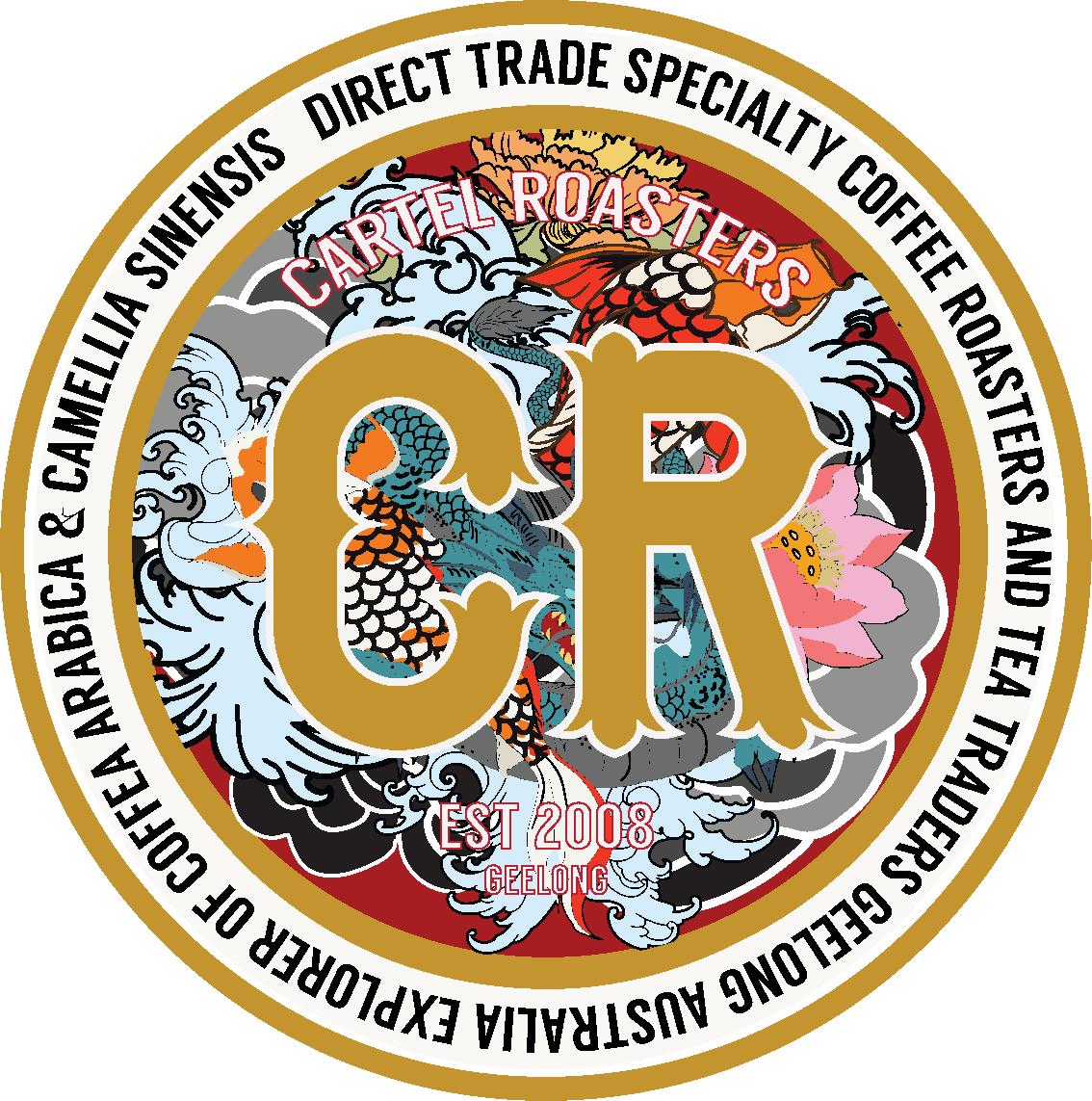COLOMBIA
Intestingly enough Coffee was probably first introduced to Colombia in 1723 by the Jesuits. It spread slowly as a commercial crop to various regions of the country, but its production did not become significant until the end of the 19th century.
TRACEABILITY
As part as the promotion of Colombian coffee, the Federación Nacional de Cafeteros (FNC) created the terms ‘Supremo’ and ‘Excelso’. These terms relate only to the size of the bean, and it is important to understand that they have no relation to quality. Unfortunately, this classification obscures any traceability as coffee marketed this way may come from many, many farms and be blended before being sieved mechanically to the necessary sizing grade. Essentially this is generic coffee, and its naming offer no help when trying to buy quality. The specialty coffee section of the industry has been working to maintain traceability, so when looking for something incredibly enjoyable, make sure the beans come from a distinct place, rather than just a certain size.
TASTE PROFILE
Colombian coffees have a huge range of flavours, from the heavier, chocolatier coffees through to jammy, sweet, fruity lots. A huge spectrum of flavours exists across the regions.
SWEET LATITUDE COFFEE REGIONS:
TOLIMA
Quality coffees from this area tend to come from small farmers in very small micro-lots via cooperatives.
Altitude: 1,200 – 1,900m (3,900 – 6,200ft)
Harvest: March – June (Main crop) October – December (Mitaca crop)
Varieties: 9% Typica, 74% Caturra, 17% Castillo
HUILA
The department of Huila has a combination of great soil and great geography from growing coffee, and some of the most complex, fruit –driven Colombian coffees have come from here. The region has more than seventy thousand coffee growers, covering more than 16,000 hectares (39,500 acres) of land.
Altitude: 1,250-2,000m (4,100-6,600ft)
Harvest: September – December (Main crop) April – May (Mitaca crop)
Varieties: 11% Typica, 75% Caturra, 14% Castillo
CUNDINAMARCA
The department surrounds the capital city of Bogotá, one of the highest capital cities in the world at 2,652m (8,612ft) above sea level, higher that coffee would grow.
Altitude: 1,4000-1,800m (4,600-5,900ft)
Harvest: March – June (Main crop) October – December (Mitaca crop)
Varieties: 35% Typica, 34% Caturra, 31% Castillo
SIERRA NEVADA
Coffee is grown on the Andean mountains in this area and the incredibly steep hillsides (ranging from fifty to eighty degrees) offer a particular challenge to the farmers. The name, a common one in many Spanish- speaking countries, translates as ‘snow-topped mountains’
Altitude: 900-1,600m (3,000-5,200ft)
Harvest: September – December
Varieties: 6% Typica, 58% Caturra, 36% Castillo

